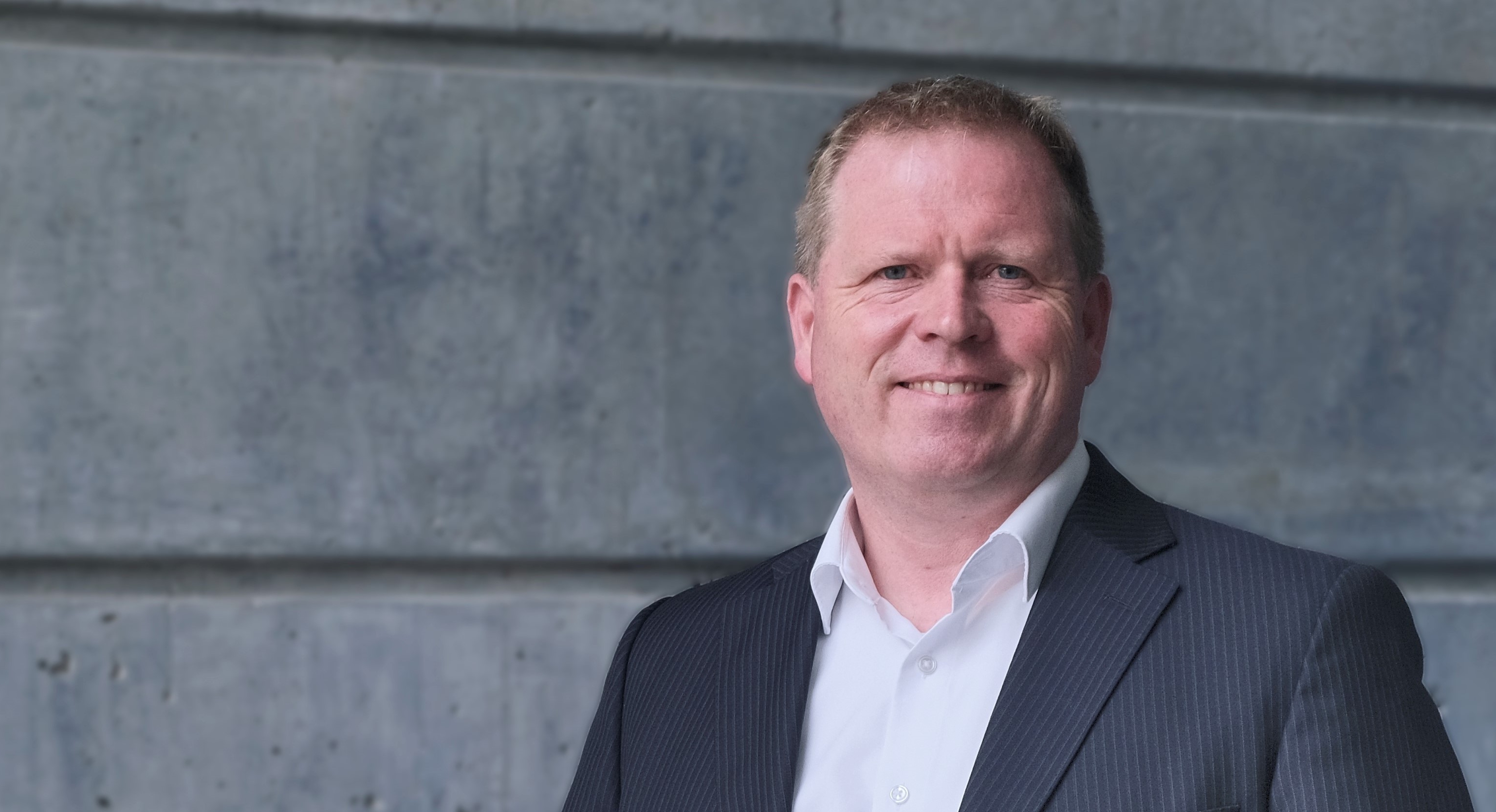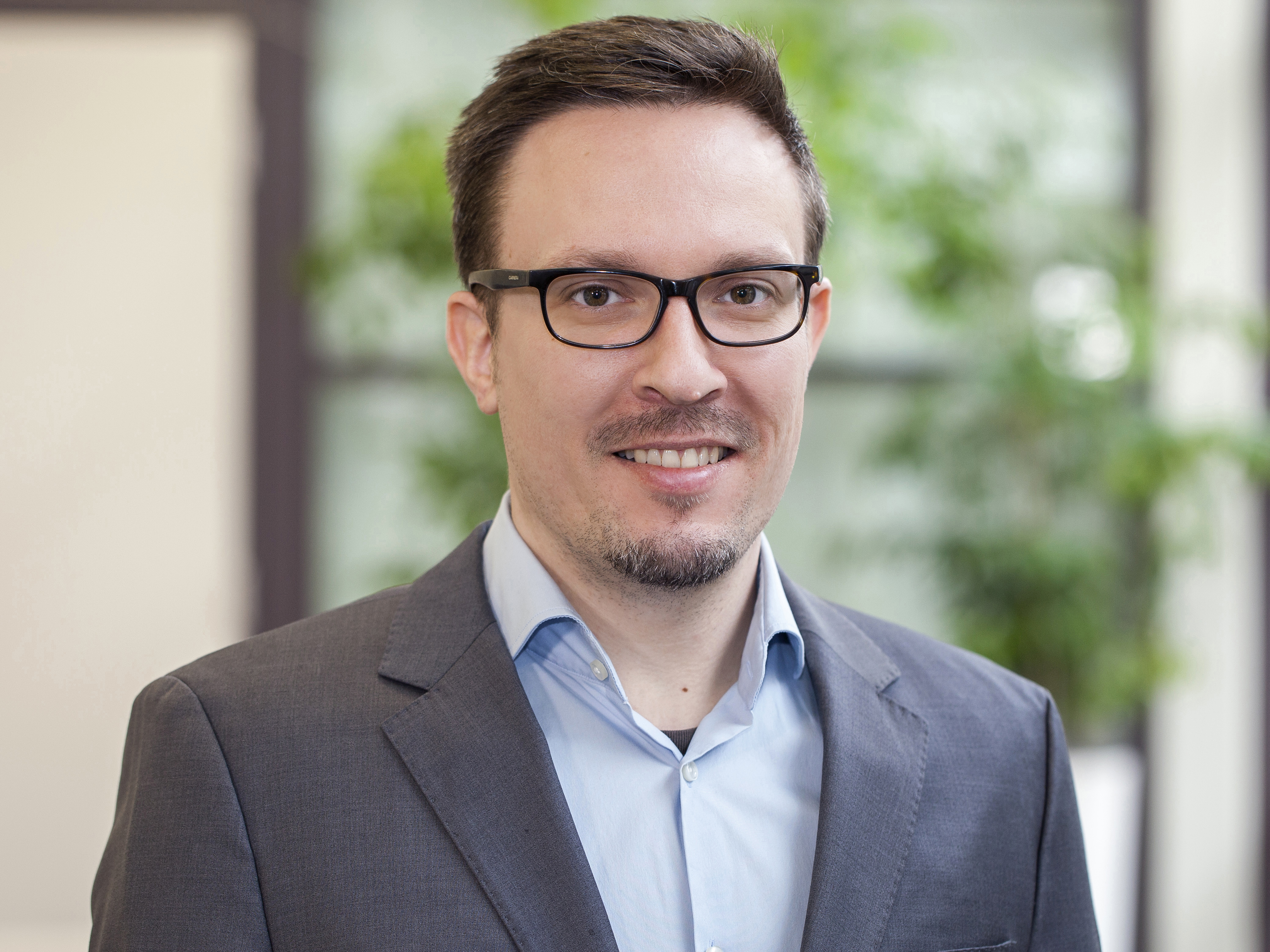The satellite and space industry is currently under transformation. Under the term “New Space,” private players are turning the market upside down. In this interview Jens Freese, Head of “Active RF Development” at TESAT, and Christian Friesicke, Group Leader Circuits at Fraunhofer IAF, discuss current changes in the industry, independent European electronics and energy consumption in satellites.
Can satellite technology be sovereign and sustainable?
How are you currently experiencing the space industry?
Freese — We are experiencing changes both for ourselves and for our customers and end users, the satellite builders and operators. New Space is an important factor in this, but the new players in the market are also leading to noticeable changes. As launch costs have dropped significantly, mission costs will be composed differently in the future and satellites do not necessarily have to be as light and durable as possible. Furthermore, new operational concepts and different satellite constellations and systems are being discussed. Another factor is changing user behavior. For example, many people no longer watch the daytime news at 8 p.m. sharp, but use video-ondemand. This is a new and difficult aspect for traditional broadcasting service operators in Europe. Their satellite fleets are currently active and well utilized, but it is difficult to predict how this business will develop.


Friesicke — We are also noticing these changes. The calls are often about smaller satellites and shorter mission durations. We also have an increasing number of international inquiries outside Europe. We are not an industrial supplier, and yet there are companies that want to evaluate a technology that has not yet been industrially proven. That certainly has to do with New Space.
Why is independent European electronics important?
Freese — For us, the long-term availability of electronic components is important in order to reduce development costs. If component availability is poor, design adaptations, unplanned costs or even delivery delays follow. Another issue is export: We supply our products to customers all over the world. Here, of course, the export classification of the components plays a major role. In the case of components from the USA, the classification may be changed during development or production. In such instances, a re-development is associated with considerable costs. Therefore, we prefer to serve our customers with European components.
What could the path to independent European semiconductor production look like?
Friesicke — This is a development that does not take years, but decades, and affects numerous technologies. We see that there is an economic concentration in the foundry market, especially in the silicon mass markets. The technology is getting more and more expensive, because the structures within the devices are getting smaller and smaller. And in the end, only a few companies will be able to afford to manufacture such processes. If this trend continues and at some point there is only one manufacturer left in the world, then we will be dependent and that will be expensive. Our technologies have not yet reached their economic limit and we can support the establishment of a European supply chain. But then there must also be a design strategy from bodies such as ESA, the EU or the European Defence Agency.
Freese — Absolutely! One must not succumb to the illusion that “the markets will take care of it,” because the markets do exactly what you have just described. There is further optimization, more and more regional focus, and then the technology disappears from other regions. That becomes very efficient, but unfortunately also very unstable. Independence comes at a cost and I think other nations in Europe are willing to invest the money. In Germany, some are not yet ready. Sovereignty is strategic, so decisions cannot be made solely on economic grounds. In addition, we have the skills and technologies to take part in the markets. Independent manufacturing also requires continuous series production to achieve reproducible good technologies and top results.
What are the biggest energy guzzlers in satellite technology?
Freese — High energy efficiency in satellites is the central issue. The energy has to be generated expensively with solar generators and the waste heat cannot simply be dissipated due to the lack of atmosphere. Transmit amplifiers are the biggest power consumers, and with flexible satellite payloads, digital electronics also consume a lot of energy. The trend toward faster data links and higher data rates, is of course, associated in principle with higher energy consumption.
Friesicke — There are ground stations with non-stop operation with transmitting power up to the kilowatt range. Efficient amplifiers could save a lot of energy. Here, semiconductors compete with traveling-wave tubes. The tube is already very efficient, but the fact that semiconductor amplifiers are much easier to replace, if one fails, is an advantage in terms of sustainability.
Freese — Correct. Energy is still relatively cheap and we hardly feel that it is limited. That will certainly change in the future. At TESAT, we do not use the cheapest product, but the most efficient one, because it is the most cost-effective product over the entire mission. It is still true that the traveling-wave tube is superior to the semiconductor amplifier at high frequencies and high power levels. This weighting is just shifting and other views are being developed due to the upheavals in the market. Time will tell which technology will be the more sustainable option in the future.
What is the difficulty in developing a component for space?
Friesicke — For us at Fraunhofer IAF, performance and durability are the most important criteria. If we get the performance right, we will work on improving the lifetime and reliability without compromising the performance. Our job is to develop and we always need partners who — once our technology has reached a readiness level — take over and bring it to a close.
Freese — In space, unfortunately, one cannot repair or replace anything quickly, which is why reliability and durability are so crucial. Good experience with familiar components and equipment plays a major role for us: Many customers want to extend their mission and need exactly the same thing that they already bought years ago. They associate this with minimal risk, and as a consequence, this also simplifies the insurance of a mission, for example.
Would you like to fly into space yourself?
Freese — It is great when people are in space to work, research and learn new things. For me, however, a simple trip into space is hardly in proportion to the resources required. I am still fascinated by space travel, but I prefer to keep my work in my office in the “Ländle” — I can make more impact on the ground.
Friesicke — A parabolic flight could be quite exciting, but a real flight into space with the preparation and the strains and the G-tests — I would not endure that. I will leave that to the astronauts.
 Fraunhofer Institute for Applied Solid State Physics IAF
Fraunhofer Institute for Applied Solid State Physics IAF